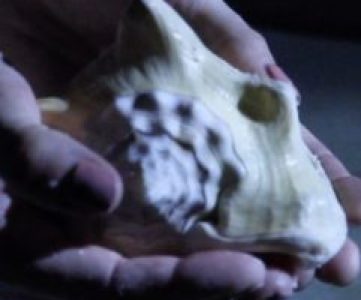Choreographies of Empathy
TT Journal, ISSUE 4, 12th September 2022
By Hiraezh
Key words: becoming place; empathy; embodying; playfulness; posthumanism; dialogue; forest-play
Becoming Forest is a series of actions performed in a forest with the intention of exploring space through a playful dialogue aimed at coexisting compassionately. Through embodied presence, we examine the strategies devised to encourage new methods and choreographies of encounter, based on empathy and emotional as well as sensorial awareness with the non-human. The impulse is to create a method of interaction with places that encourage empathy and dialogue rather than a conventional power dynamic of humans mastering nature.
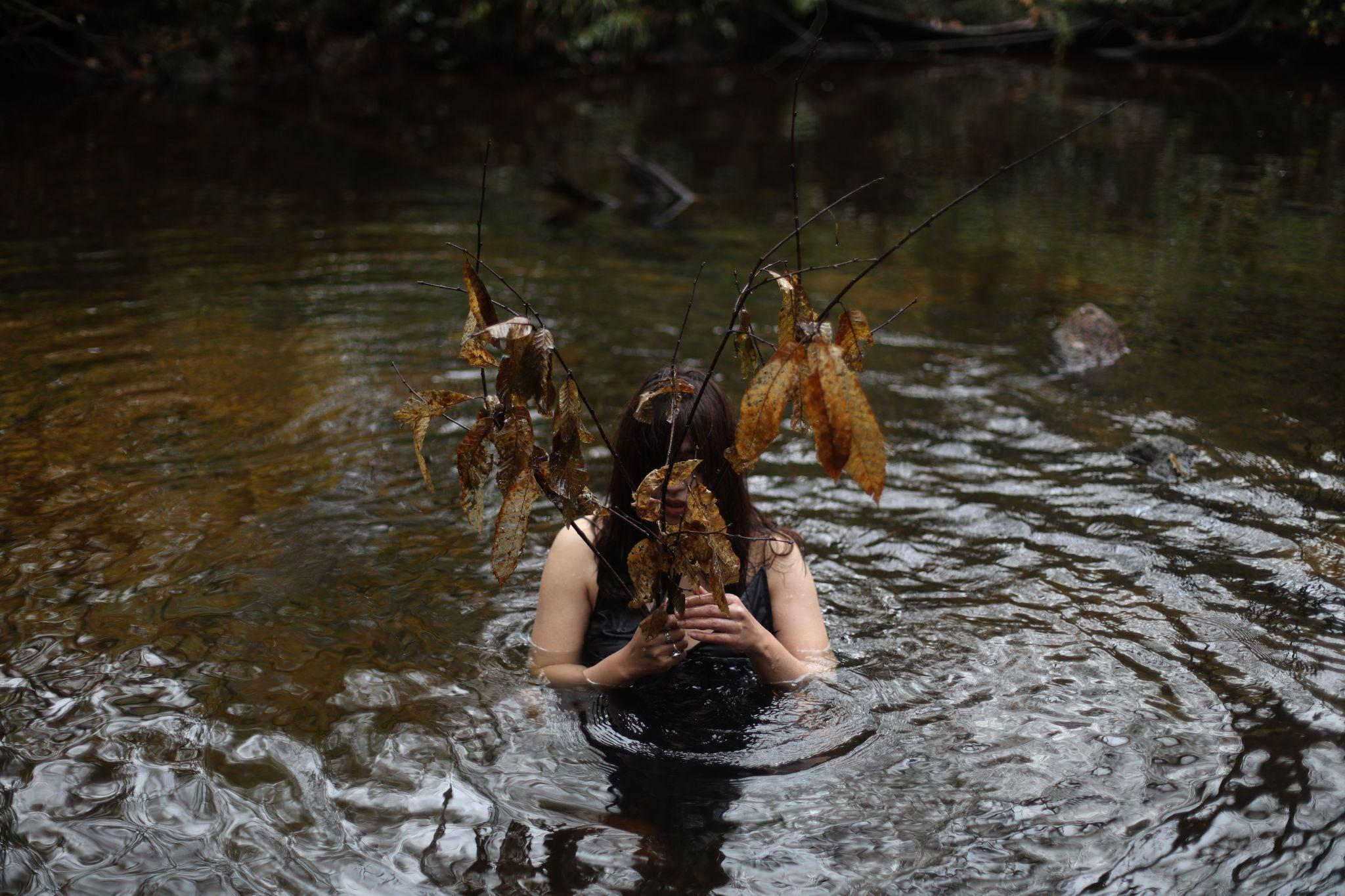
Becoming a place is a process of engaging in playful interventions in space. In the process of becoming a place, the body leaves its identity behind to physically take shape of the trees, rocks, water and earth, while carefully observing little details that can easily be missed otherwise. With the intention to become a place the body experiences both physical and phenomenological identity of its own and the space it’s situated in. Becoming also demands a sense of readiness to engage in play and devise playful choreographies that stem out of genuine curiosity and intentional presence. The devised choreographies of becoming can include co-existing and co-composing with the more-than-human, deep listening, playful disruptions and traditional ecological wisdom of embodiment such as improvised elemental rituals. Refusal of time is also a big factor in becoming; one cannot choose to decide how long it may take to become a place. To embody a place, it is important to lose the sense of time and focus on just space which at the time is not time-bound.
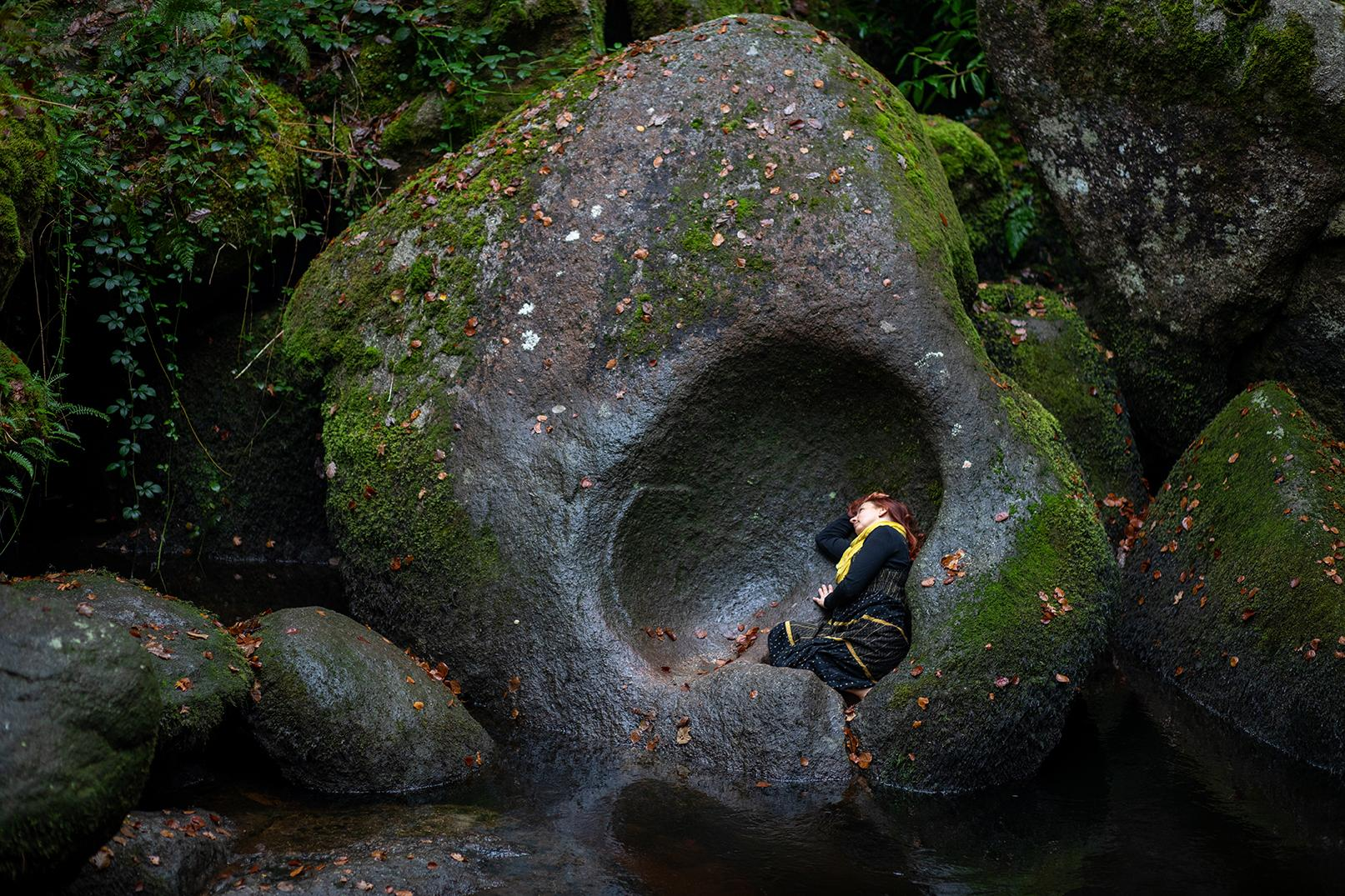
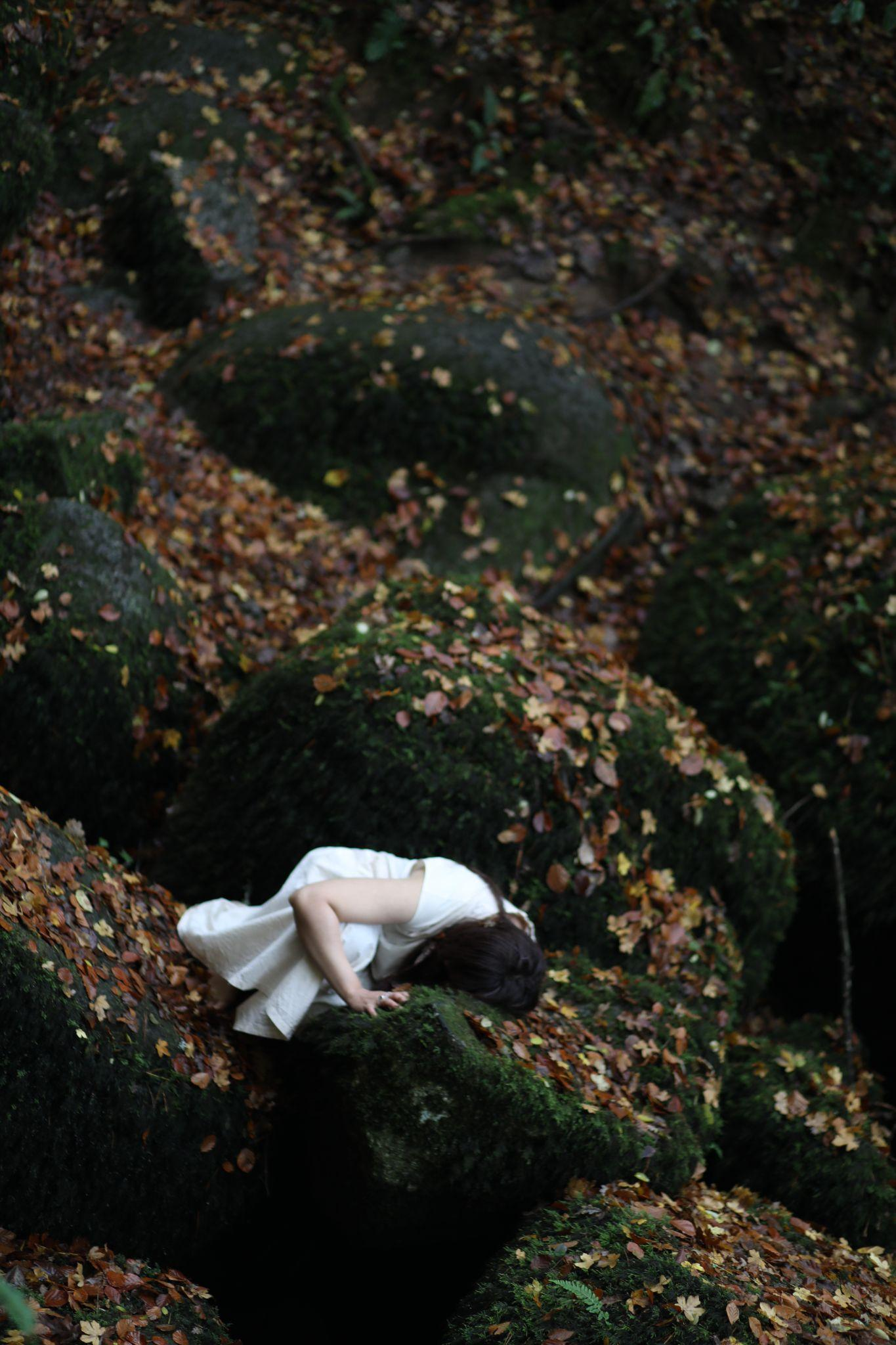
The body set out as an embodied presence in the forest. It was willing to become a tree, a boulder, water or earth while moving through space. There was no intention of using space as a backdrop or stage for the performance; rather the space was an active collaborator and performer that was in constant dialogue with the body. Thus the forest also became a willing space that evolved and shape-shifted with the presence of the body creating temporal geographies that were captured by the camera as a documentation/map of the ecologies of embodied presence.
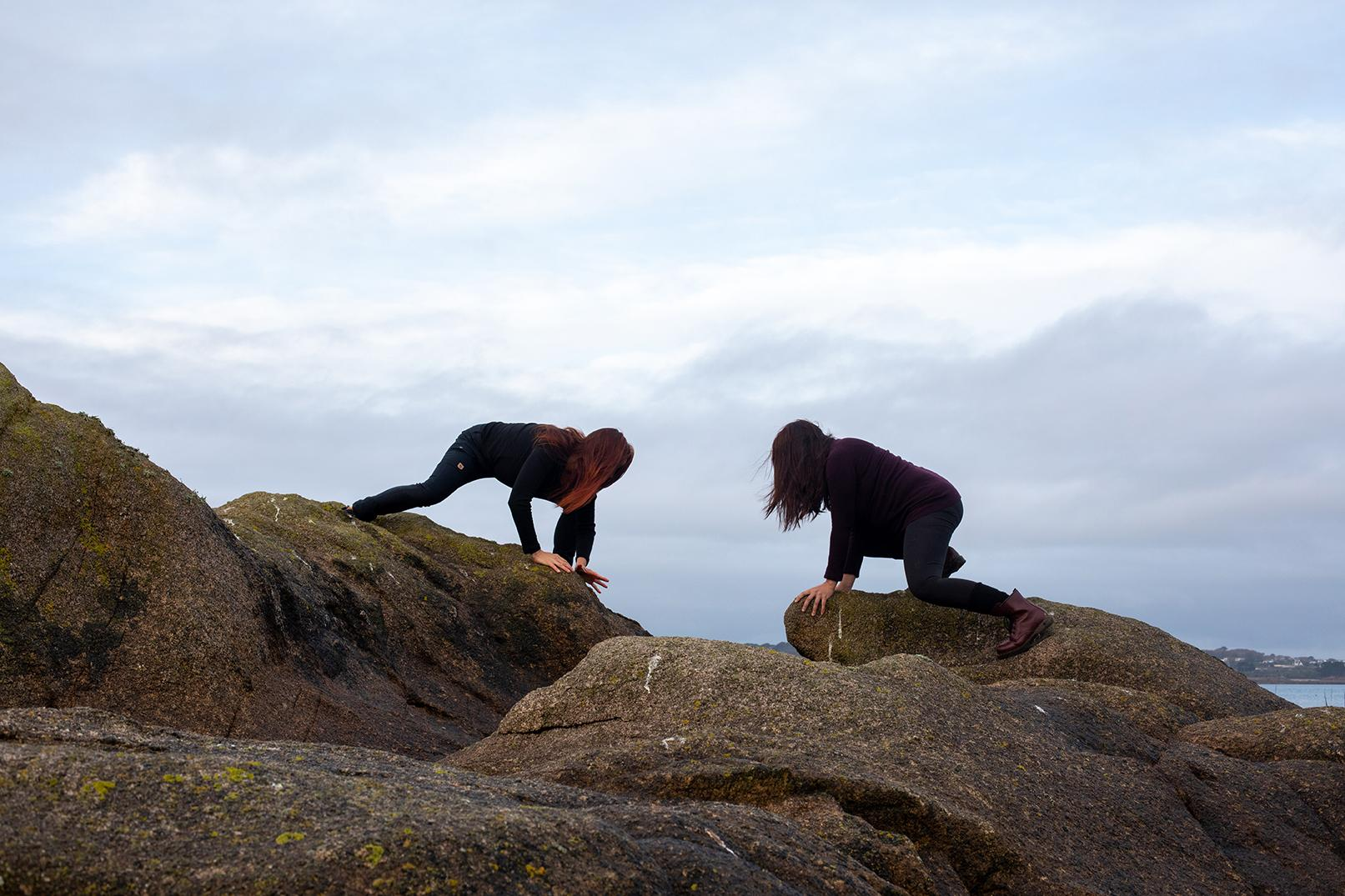
When becoming one can not pre-decide the choreography or the course of movement, the map for movement can only be created once the body is situated in the chosen location. The overarching location (Huelgoat,France) in this case was pre-decided through a visit: a first exploration of the site and some of the spots were marked that inspired the choreography.
The term “environment” implies a distinction between people and other living things. It denotes the environment in which ‘Man’ exists, as well as what differentiates ‘him’ from the space and place. This worldview, far from being universal, is enshrined in the colonial modernity division that separates people from all other living and non-living entities. If environmentalism is a result of this separation, it is because once isolated, the individual has a choice and can surrender all responsibility for what keeps one alive – forgetting that existence is ultimately relational. Alternatively, the individual can choose to see the environment as an object to be preserved or saved, believing that through sheer willpower, one can form a link with it. In both circumstances, the individual is on one side and Nature is on the other: the only way to participate is to either exploit or protect. But we never embody it, never live it, never find ourselves in it.
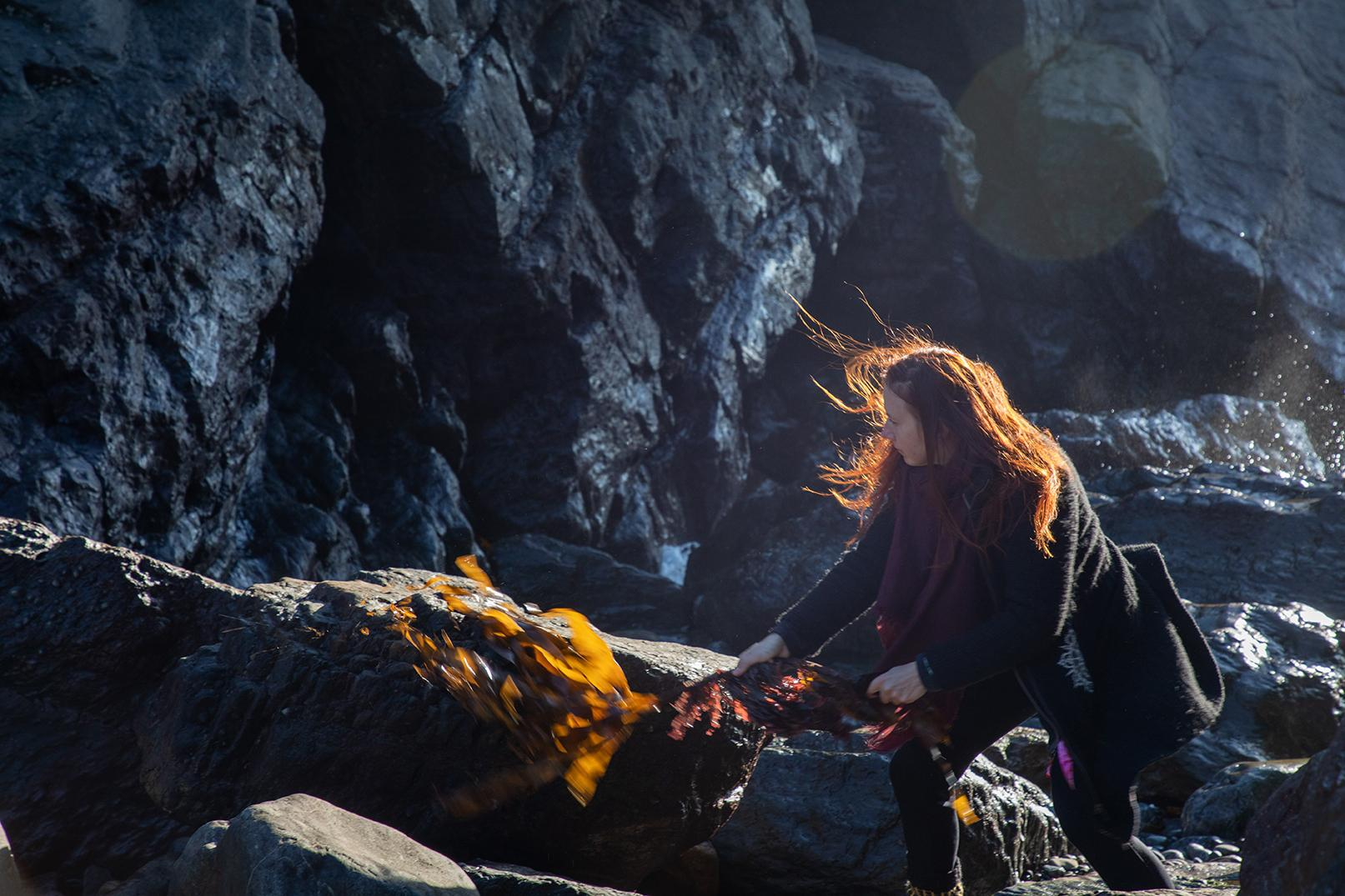
This is why forming new attachments and inventing other ways of living that encourage relationships with spaces and places is important. Becoming and embodying is a way to build these relationships. The dialogue with the places that we hold dear and that hold us dear is important.
Hiraezh is a collective of three artists and researchers, from the UK, Pakistan and Finland who met during an artist residency in Brittany, France. Our collective explores connections to place through play, performance and photography; we use artistic practice and research to explore ways of engaging with places.
We name ourselves after the Breton word Hiraezh, defined as an abstract longing … for a place, imagined or real to which one cannot easily return, but without which one is incomplete.
Members of the collective:
Grace Gelder is a photographer, facilitator and doctoral candidate in Art and Design at Sheffield Hallam University. Her work explores the use of photography as a method of exploring performance, place and memory and she loves to collaborate with practitioners from different disciplines and backgrounds. Her photographic work has been published and exhibited internationally and in the UK. www.gracegelder.com
Sobia Zaidi is an artist, theater maker and teacher. Using performance as an instrument she explores spatiality in relation to her own body. Her research and practice deal with poetics and politics of the body in space, temporal geographies, home, addresses and localities. She graduated from Utrecht School of the Arts, Netherlands with a Masters degree in performance art/artistic research, and is currently the coordinator of Visual and Performing Arts Program at Forman Christian College in Lahore. https://zaidisobia.wixsite.com/artist
Nina Luostarinen has a background in puppetry and animation. She works at Humak University of Applied Sciences (Finland) in the department of Cultural Management with projects that combine art with different industries. She is also a doctoral candidate at the University of Lapland (Finland) at the Faculty of Arts and Design. Both her artistic work and research topic are dealing with adult playfulness, serendipity and place attachment. https://ninaluostarinen.myportfolio.com/me
